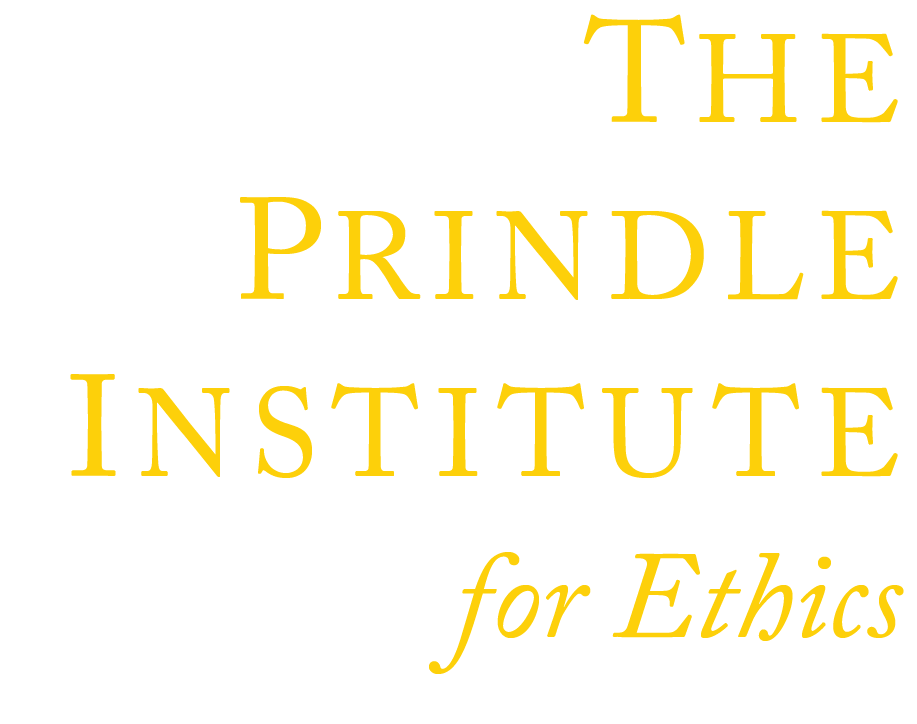OVERVIEW
What happens when our self-representations lag behind AI’s endless supply of more perfect, marketable, desirable, and entertaining depictions of self?
The ethical issue at the heart of this module is how those images shape our perception of ourselves and of those around us. In addition, the activity of an exhibition poses the question: If AI can influence behavior and self-perception, how can artists leverage, subvert, and explore these tools for creative (and hopefully, ethical) ends?
This module takes approximately 4 weeks to complete and results in a small exhibition of AI-generated artwork and accompanying text.
LESSON PLAN
DAY 1
The goal of the first day is that students come away with a better sense of the way AI images are generated and the biases that hide in that process. One question to present to the class might be: We have seen some of what they can do; What should AI image generators not do and why?
Shivaram, Deepa. “AI is biased. The White House is working with hackers to try to fix that” NPR (2023, August 26).
Groys, Boris. “Art on the Internet,” In the Flow (2016), 171-188.
Christie’s. “Is artificial intelligence set to become art’s next medium?” (2018, December 11).
View unreal person and this person does not exist
DAY 2
Students will be introduced to AI image generation through the use of free trial apps that set different kinds of parameters for its users.
“tight parameters”: https://portraitai.app/
This app transforms a “passport style photograph” into variations of 18th century paintings.
“wide parameters”: https://www.artbreeder.com/create/mixer
This app lets users combine text prompts with image prompts; the results are much more unpredictable than the first app. This is also when students can get a feel for prompts that influence the look of an image “in the style of” other images, artists, genres, etc.
Using both apps, or similar apps with wide ranging parameters, the goal is for students to develop a sense for the “logic” behind image generators. This understanding will be crucial later on when they attempt to find “breaking points” in other AI applications.
DAY 3
Class discussion on the financial implications of AI art. The goal of the discussion is to move beyond copyright infringement and to begin to understand the forces battling for a greater share of this emerging market and the large-scale implications of AI images.
(If the class opinion is too one-sided, it may be valuable to divide the class into two sections and have each section argue opposing positions: one that argues AI will be “good for artists” and one that argues AI is “bad for artists.”)
Davis, Ben. “AI Aesthetics and Capitalism,” Art in the After-Culture: Capitalist Crisis and Cultural (2022), 91-112.
Chayka, Kyle. “Is A.I. Art Stealing from Artists?” The New Yorker (2023, February 10).
Shaffi, Sarah. “‘It’s the opposite of art’: Why illustrators are furious about AI” The Guardian (2023, January 23).
Pelc, Krzysztof. “AI Will Make Human Art More Valuable” Wired (2023, March 16).
DAY 4
Students will use an AI image generating program to create another student that is like them, but is not them.
There are several technical pathways that a student can use to achieve this, and they will explore each one in order to find a process that best suits what they wish to present in the final exhibition.
Option A – https://www.artbreeder.com/create/mixer
If a student chooses, they may upload images of themselves and allow an AI program to synthesize a “new” person. In this instance, a creative goal would be to find ways to trick the AI in creating an image of a person that is slightly “off”, different enough from the student that the image would not be mistaken simply for a portrait of the student. Face paint, wearing masks, etc are some methods they may use to explore these limitations.
Option B – https://creator.nightcafe.studio/ai-face-generator, alternatively: https://www.craiyon.com/
A student may also wish to construct their doppelganger using a text prompt. In this case, the student should explore ways to get the AI to build as close to a simulacrum to themselves as possible. What words does the student use to describe themselves and how does the program visualize these words?
Flaherty, Julie. “Algorithms Have Put the AI in Painting. But Is It Art?” Tufts Now (2023, April 14).
DAY 5
Studio day. Students are working on their projects and have scheduled 1 on 1 meetings with the professor to discuss progress.
DAY 6
A short group critique on the work in progress with an emphasis on any ethical questions students may have about their own images.
Mina, AX. “Artists Get Inside the ‘Glitch’” Hyperallergic (2023, August 11).
Homework: Each student is asked to explore, in writing, the capabilities and limitations of these programs. By this point we have shared visual results with each other and discussed the ways in which students had different experiences with the same programs. Students will also write a short narrative statement about their doppelganger which includes their reflections on the process and resulting image. These statements in addition to a general wall text explaining the exhibition will help contextualize the images for viewers.
DAY 7
Printing images, installation, and technical troubleshooting.
DAY 8
Final group critique.
Guiding questions:
● At any point in the process did the AI reveal something to you that surprised you?
● What are your feelings about or towards your doppelganger?
● What do you think might be the differences, if any, between their experience at DePauw and your own?
● What, in your view, are the key dangers of AI generated images? What are the key opportunities?




